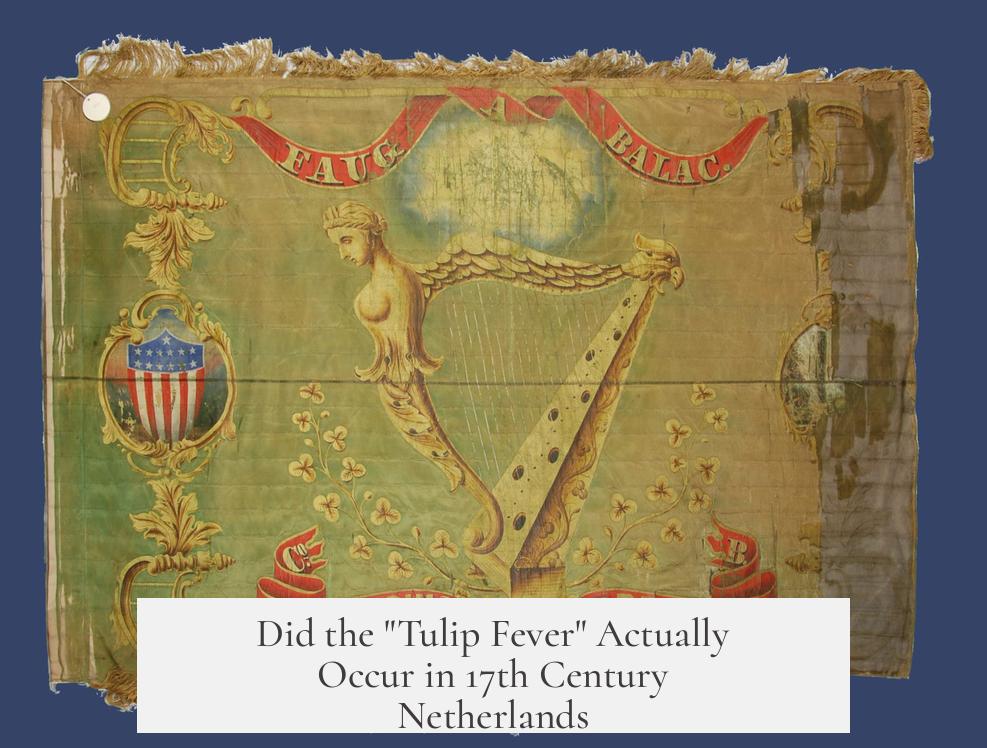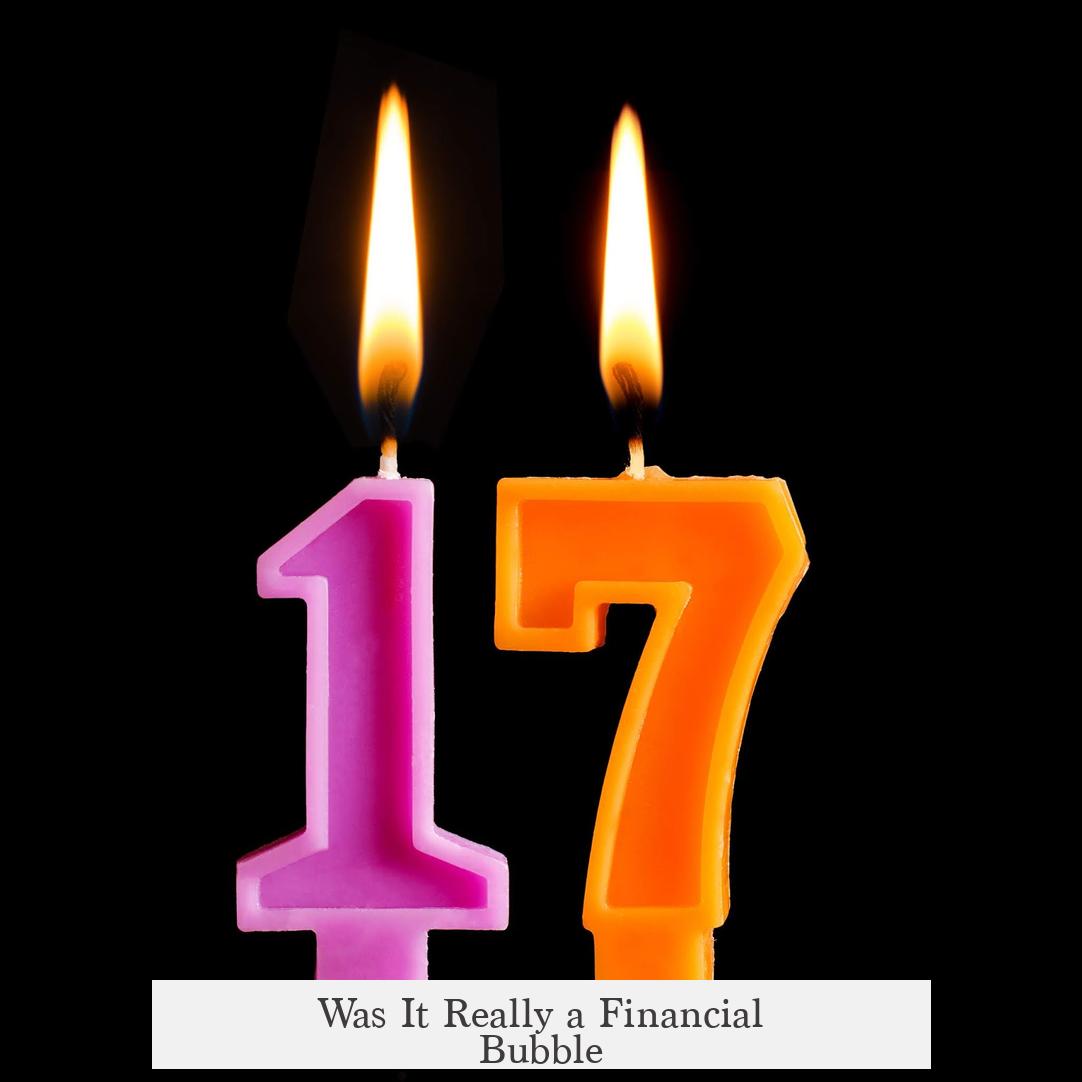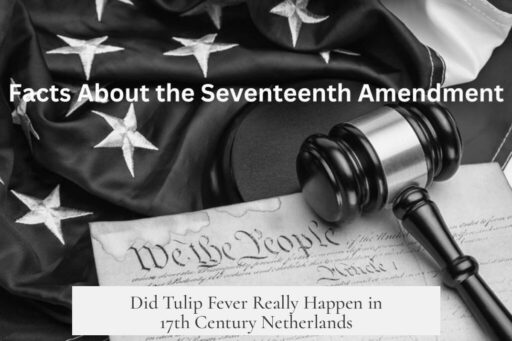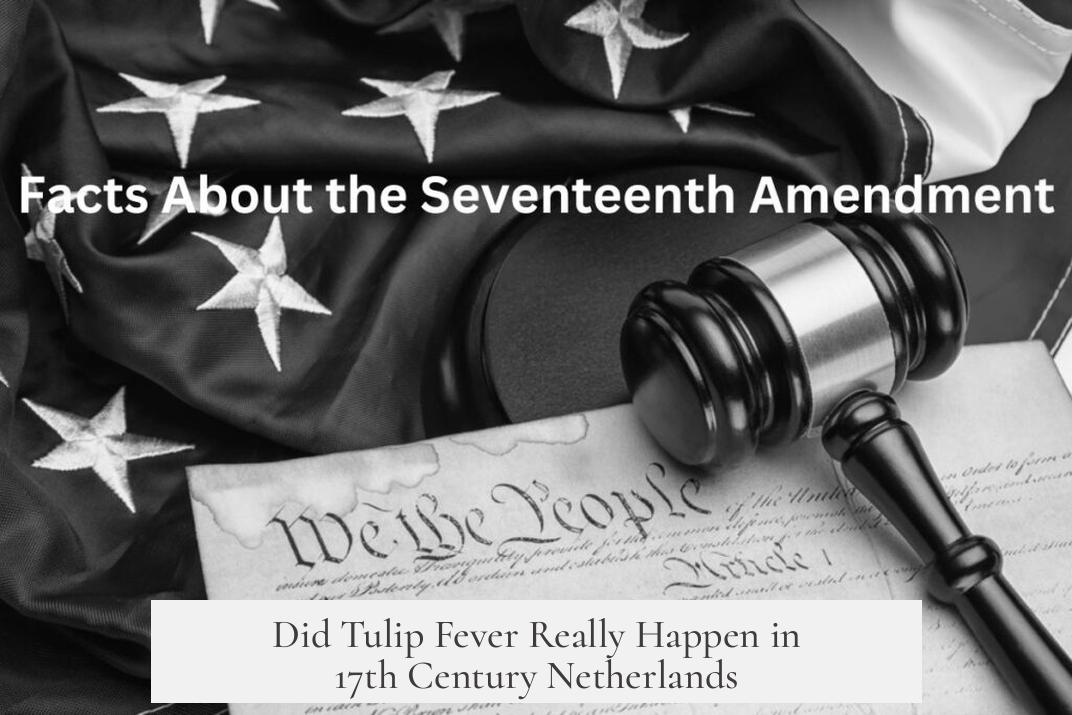Yes, “tulip fever” did occur in the Netherlands during the 17th century, marked by a surge in enthusiasm and dramatically rising prices for tulip bulbs in 1636-1637, though whether it qualifies strictly as a financial bubble remains debated.
Tulips arrived from Turkey to Western Europe in the 16th century. Their novelty and beauty quickly captured attention, especially among the wealthy Dutch. The most prized tulips had dramatic stripes—a pattern caused by a virus discovered only centuries later. This virus made breeding consistent striped tulips unpredictable, adding to their rarity and allure.
By the 1620s, tulip bulbs like the Semper Augustus reached extreme values. In 1625, a single bulb was reportedly offered for 3,000 gulden—about ten times a carpenter’s annual earnings. Tulip growers tried to meet demand by breeding new varieties, but bulbs took years to mature, restricting supply. This uncertainty complicated the true intrinsic value of the bulbs.
The Netherlands stood out as the epicenter. The country had high per capita income and advanced merchant and financial trade systems, enabling many people to invest substantial sums in tulip bulbs and related contracts.
Two financial innovations emerged in 1635 within tulip trading:
- Shift from pricing by bulb unit to bulb weight, as smaller bulbs bloom later.
- Introduction of tulip bulb promissory notes, contracts promising bulb delivery in the future, allowing sales of bulbs not yet owned.
These promissory notes became common in 1636. Trades often occurred without actual bulb possession, relying on future settlement by payment differences between contract prices. Unlike modern futures markets, these contracts lacked margin requirements, exchange backing, or continuous price adjustments. Furthermore, much trading happened in taverns, amidst alcohol consumption, increasing speculation risks.
Starting in October 1636, bulb prices soared rapidly. Some individual bulbs appreciated tenfold within three months. Bulk cheaper bulb prices sometimes increased twentyfold. The speculation frenzy fed a classic market bubble environment.
The bubble climaxed in early February 1637 with the sprouting of bulbs. This new information on future supply reversed sentiment quickly. Between February 3rd and 7th, prices crashed. Communication delays, as travel was by horseback, caused staggered reactions across regions.
Despite the sharp price correction, the wider economic impact was limited:
- Dutch authorities issued a moratorium in April 1637 preventing court enforcement of contracts.
- Most traders were wealthy merchants who accepted losses amicably.
- Few went bankrupt, with many keeping other careers.
- No broad economic recession followed the crash.
Debate continues about whether it was a textbook financial bubble. A bubble is often defined as price levels sustained primarily by excessive investor enthusiasm detached from real value. However, defining “real value” in such a historical context is complex.
In the 1980s, economist Peter Garber doubted the bubble narrative, comparing tulip pricing to other flower bulbs, suggesting competitive market explanations with limited market information. Others disagreed, emphasizing the dramatic price fall in 1637 and the role of legal changes in contract enforcement in deepening the crash.
More recent scholarship, such as by McClure and Thomas (2017), counters those views by highlighting the absence of information about bulbs lying in the ground. This information gap helped create the sharp bubble and bust, reinforcing the “bubble” interpretation.
Today, historians largely agree a bubble likely occurred, although some uncertainty remains. The event represents an early example of speculative excess fueled by novelty, limited supply, financial innovation, and social factors.
| Aspect | Details |
|---|---|
| Tulip Arrival | 16th century from Turkey |
| Price Peak | 1636-37 with tenfold or more increase |
| Financial Innovation | Promissory notes from 1635-36 |
| Market Crash | February 1637 after bulb sprouting revealed supply |
| Economic Impact | Limited; no general recession observed |
| Bubble Debate | Ongoing; majority view supports bubble interpretation |
- Tulip enthusiasm and prices surged dramatically in 1636-37 in the Netherlands.
- Financial innovations like promissory notes amplified speculative trading.
- The bubble burst in early 1637 with a rapid price collapse.
- The wider economic shock was limited by social norms and legal moratoriums.
- Scholars debate bubble status; current view leans towards acceptance of a bubble event.
Did the “Tulip Fever” Actually Occur in 17th Century Netherlands?

Yes, tulip fever did indeed occur in the Netherlands during the 17th century, but whether it qualifies as a true financial bubble is still debated. Let’s dig deep into this colorful episode of history, unraveling facts and myths about the tulip mania that has fascinated economists, historians, and flower lovers for centuries.
If you’ve ever heard of the “first financial bubble” in history, tulip fever probably rings a bell. But did prices really run so high? Did everyone go broke? And what on earth caused these Dutch folks to lose their minds over flowers? Spoiler alert: it’s more complicated—and captivating—than a simple “bubble burst” tale.
The Tulip Craze Takes Root
Picture the Netherlands in the early 1600s. Tulips had just hopped over from Turkey, a glamorous new addition to European gardens. These flowers were the celebrities of their day, prized especially for their dramatic striped petals. Here’s the quirky part: those stripes weren’t genetics acting fancy—they were caused by a virus! Scientists only figured that out centuries later, but it meant breeders couldn’t guarantee which bulbs would sport dazzling stripes each season. Imagine buying a lottery ticket every spring hoping for beauty!
The rarity and unpredictability made tulips irresistible among the wealthy Dutch. The most famous tulip, the Semper Augustus, became legendary. One bulb went for a jaw-dropping 3,000 gulden in 1625—about ten times a carpenter’s annual wage. If you think that’s wild, remember in today’s terms it’s like dropping tens of thousands of dollars on a single flower bulb.
Financial Innovations Stir the Market
Now, here’s where things get spicy. The tulip trade wasn’t just about swapping bulbs anymore. In 1635, two key innovations shook the market. First, tulips were no longer sold merely by count but by weight. Smaller bulbs meant younger plants that flowered later. Then, the bulb promissory note appeared—contracts promising tulips in the future, even if the seller didn’t have the bulb in hand. This sounds like futures trading, but with a rustic twist: no official exchange, no daily price adjustments, and crucially, most trading happened amidst the haze of tavern beer mugs.
This setup was a perfect storm for speculation. Buyers eagerly traded these promissory notes, hoping prices would keep climbing. And climb they did. Starting October 1636, tulip prices skyrocketed, some bulbs increasing ten-fold or more within months. Cheaper varieties saw price hikes of up to twenty times. It’s safe to say the tulip obsession wasn’t just about flowers anymore—it was a full-blown frenzy.
The Market Crashes—Quick as a Tulip Bloom
February 1637 marked the turning point. The first tulip sprouts broke through the soil, bringing hard data on supply into the hands of traders. Suddenly, the speculative optimism vanished. Prices crashed dramatically over a mere few days (February 3rd to 7th), faster than a horse carriage could carry the news across the Dutch towns.
This collapse hurt traders, but contrary to dramatic Hollywood portrayals, the economic impact was surprisingly muted. Dutch authorities issued a moratorium on contract enforcement, allowing traders to renegotiate deals without legal penalties. Most of these speculators were wealthy merchants with other income streams, not desperate gamblers losing their life savings overnight. While a few may have felt the sting of bankruptcy, there’s no evidence of a widespread financial crisis or recession following the crash.
Was It Really a Financial Bubble?

Defining a financial bubble is tricky. Academics often say it’s when prices soar above “real value,” driven more by enthusiasm than fundamentals. But “real value” is slippery. For example, paying for insurance that you never use doesn’t mean the insurance lacked value.
The tulip mania fits most bubble characteristics: rapid price escalation, speculative trading on future promises, and an eventual crash. However, some experts argue otherwise. From the 1980s onward, Peter Garber contended that similar high pricing patterns occurred with other flowering bulbs, suggesting tulip price surges were plausible based on market conditions and limited information—not pure mania.
Then Earl Thompson disagreed in 2006, pointing to the extreme crash and attributing it partly to a retrospective legal change by the Dutch authorities, which exacerbated the fallout.
More recently, scholars McClure and Thomas argued that Thompson’s theory leaned too heavily on limited data. They presented evidence that the bubble was genuine, triggered by sellers and buyers lacking information about bulbs still underground—a factor explaining the abrupt collapse once sprouting began.
Today, historians generally think tulip mania was a bubble—but one with shades of gray. It wasn’t a simple irrational frenzy but a speculative episode rooted in social, economic, and botanical realities.
The Dutch Context: Why Tulips and Why Then?
Why did tulip fever bloom in the Netherlands specifically? The answer lies in context. The Dutch Republic in the 17th century was arguably the richest nation per capita in Europe. Its merchants had wealth and financial savvy. They dabbled in complex trades and markets, even before modern stock exchanges existed. This environment created fertile ground for ‘risky business’ like tulip trading.
Plus, tulips provided an exotic novelty. The combination of limited supply (bulbs take years to mature), high demand, and innovative trading mechanisms stirred excitement and risk appetite. The emotional allure of owning the rarest flower bulbs made rational calculating heads bow to the butterfly effect of enthusiasm.
Lessons from Tulip Fever
Beyond the flowers and fascinators, tulip mania offers timeless insights:
- Limited supply creates value, but also uncertainty. When something takes years to produce or mature, guesses about future supply inflate risks and speculation.
- Innovations in financial contracts can amplify risk. The promissory notes were early “futures,” but lacked safeguards like exchanges or margin requirements, making defaults more likely.
- Social context matters. The close-knit Dutch merchant class contained the fallout to some degree—traders often knew each other and negotiated rather than litigated.
- Speculation isn’t inherently irrational. Without perfect information, betting on price changes is gambling but can be rational under uncertainty.
So, Did Tulip Fever Actually Happen?
Absolutely, tulip fever was no fairy tale. The historical passion for tulips in 1636-37 and the associated price surges were real. The trading frenzy even featured novel financial instruments decades ahead of their time.
The crash was sudden and sharp. Prices soared and then plunged in mere days. However, the full-blown economic catastrophe often portrayed in popular culture likely didn’t occur. The wealthy Dutch traders absorbed the losses, others shrugged, and life moved on.
The debate about whether it was a true bubble continues among experts. But whether bubble or just a peculiar market event, tulip mania remains a vivid example of how human emotions, financial innovation, and market dynamics intertwine—like the colors streaking a rare tulip’s petals.
Curious to Learn More?
If you want to dive into tulip mania’s financial quirks or how viral stripes enchanted flower lovers for centuries, historical records and economic analyses abound. The tulip fever teaches us that sometimes, even in the 1600s, markets could get tangled—and that flowers might just be the first gamble in global financial history.




